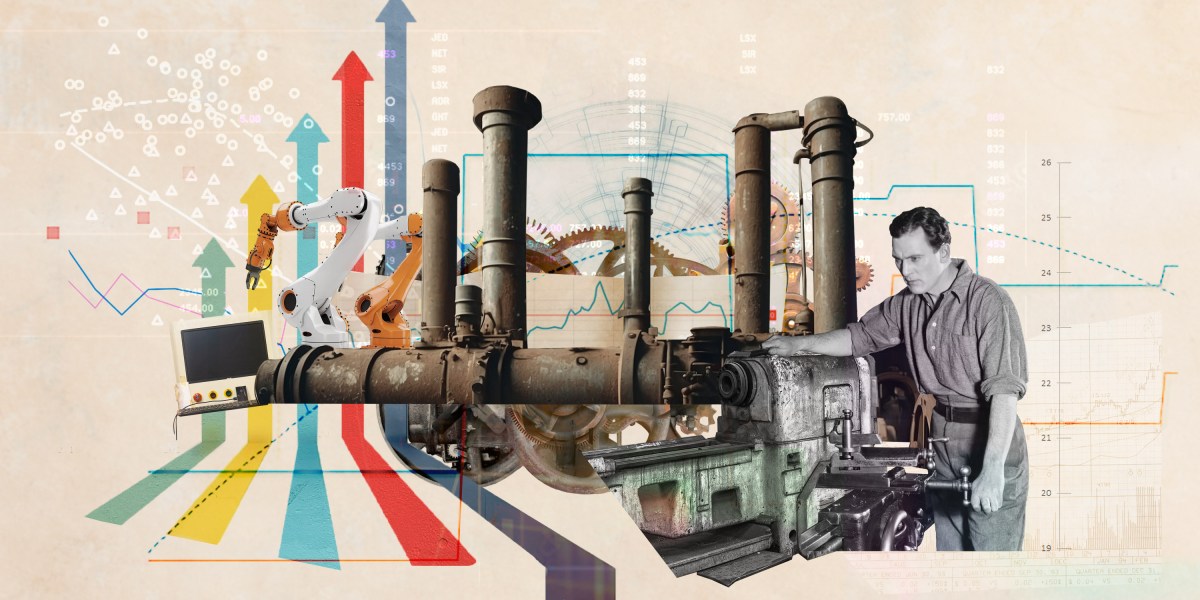
ARNO MIKKOR/WIKIMEDIA COMMONS
The call for policies is a recognition of the immense task ahead, and an acknowledgment that even giant AI companies like Google can’t do it alone. It will take widespread investments in infrastructure and additional innovations by governments and businesses.
Companies ranging from small startups to large corporations will need to take the foundation models, such as Google’s Gemini, and “tailor them for their own applications in their own environments in their own domains,” says Manyika. In a few cases, he says, Google has done some of the tailoring, “because it’s kind of interesting to us.”
For example, Google released Med-Gemini in May, using the multimodal abilities of its foundation model to help in a wide range of medical tasks, including making diagnostic decisions based on imaging, videos of surgeries, and information in electronic health records. Now, says Manyika, it’s up to health-care practitioners and researchers to “think how to apply this, because we’re not in the health-care business in that way.” But, he says, “it is giving them a running start.”
But therein lies the great challenge going forward if AI is to transform the economy.
Despite the fanfare around generative AI and the billions of dollars flowing to startups around the technology, the speed of its diffusion into the business world is not all that encouraging. According to a survey of thousands of businesses by the US Census Bureau, released in March, the proportion of firms using AI rose from about 3.7% in September 2023 to 5.4% this February, and it is expected to reach around 6.6% by the end of the year. Most of this uptake has come in sectors like finance and technology. Industries like construction and manufacturing are virtually untouched. The main reason for the lack of interest: what most companies see as the “inapplicability” of AI to their business.
For many companies, particularly small ones, it still takes a huge leap of faith to bet on AI and invest the money and time it takes to reorganize business functions around it. In addition to not seeing any value in the technology, lots of business leaders have ongoing questions over the reliability of the generative AI models—hallucinations are one thing in the chat room but quite something else on the manufacturing floor or in a hospital ER. They also have concerns over data privacy and the security of proprietary information. Without AI models more tailored to the needs of various businesses, it’s likely that many will stay on the sidelines.
Meanwhile, Silicon Valley and Big Tech are obsessed with intelligent agents and with videos vreated by generative AI; individual and corporate fortunes are being amassed on the promise of turbocharging smartphones and internet searches. As in the early 2010s, much of the rest of the economy is being left out. They’re not benefiting either from the financial rewards of the technology or from its ability to expand large sectors and make them more productive.
Maybe it’s too much to expect Big Tech to change, to suddenly care about using its massive power to benefit sectors such as manufacturing. After all, Big Tech does what it does.
And it won’t be easy for AI companies to rethink their huge foundation models for such real-world problems. They will need to engage with industry experts from a wide variety of sectors and respond to their needs. But the reality is that the big AI companies are the only organizations with the vast computational power to run today’s foundation models and the talent to invent the next generations of the technology.
So like it or not, in dominating the field, they have taken on the responsibility for its broad applicability. Whether they will shoulder that responsibility for all our benefit or (once again) ignore it for the siren song of wealth accumulation will eventually reveal itself—perhaps initially in those often nearly indecipherable quarterly numbers from the US Bureau of Labor Statistics website.

